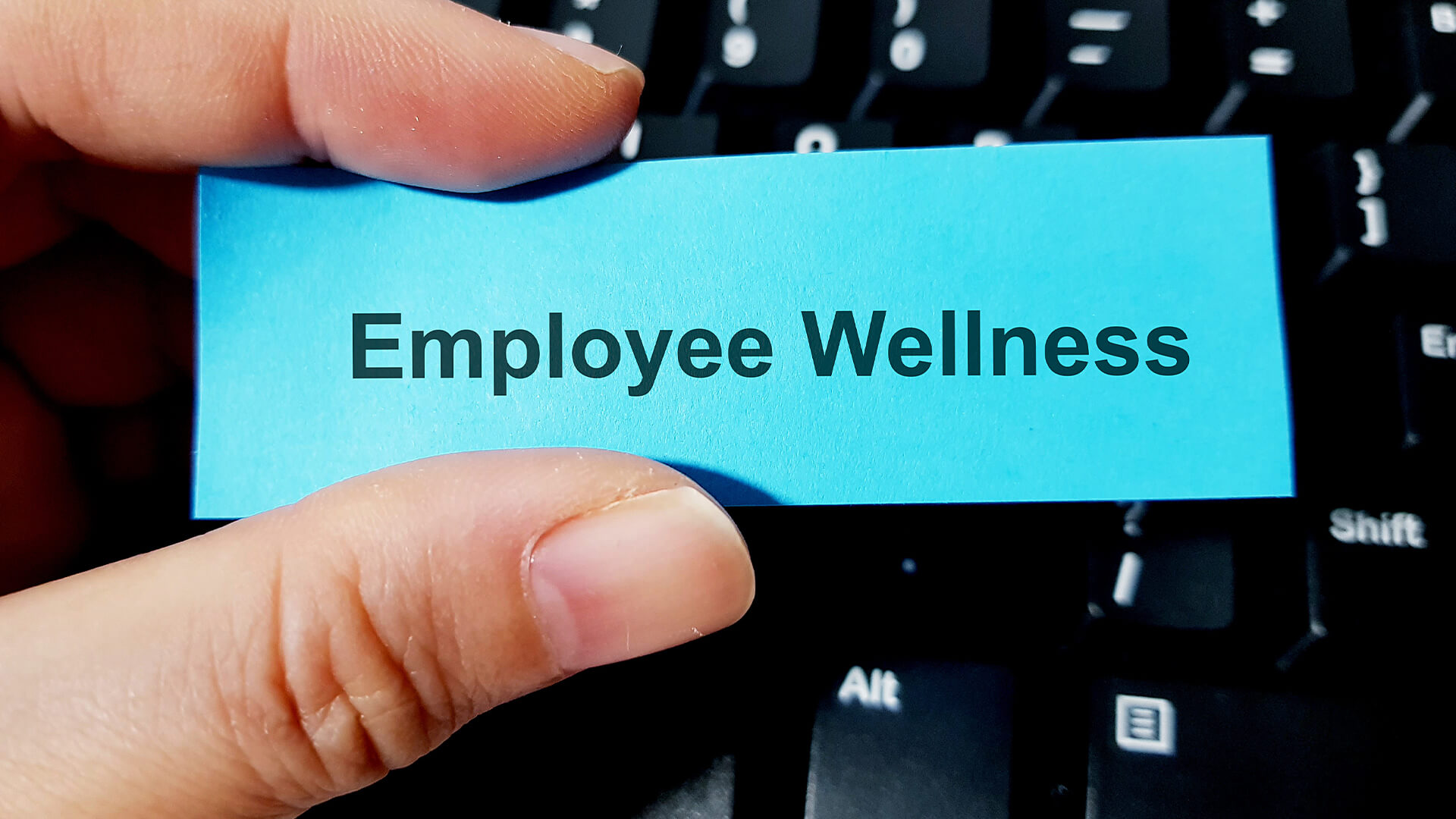Fixing the Wellbeing Gap – Employees Take a Week Off Work On Average Due to Mental Health
Against the backdrop of an extremely tough year for the country, workers are facing a mental health recession and taking more time off due to mental health.
A study conducted by Westfield Health found that on average employees take a week off work due to their mental health. Despite this, the majority of workers (66%) aren’t accessing any mental health support.
Unfortunately, the study also revealed there is little sign of things improving, with 46% of those surveyed feeling their mental wellbeing will not improve in the next year.
Businesses have committed to tackling the problem, they are spending more money on wellbeing, with 42% of businesses increasing their wellbeing spending in 2022 and nearly a half expecting to further increase it in 2023. Despite this, more than half (56%) of workers with access to wellbeing support at work do not use it.
This is resulting in a wellbeing gap as mental health worsens but businesses are still not seeing engagement with the support they offer. Westfield Health warns that spending wisely is more important than spending more, especially as budgets are squeezed.
To tackle the mental health recession employers need a strong wellbeing strategy focused on what employees need. Unless the support offered by businesses has an impact, the crisis will continue to spiral and ultimately affect talent retention and the bottom line for businesses.
Commenting on this, Vicky Walker, Group Director of People at Westfield Health, says: “While it’s encouraging that businesses recognise the importance of wellbeing at work, the decline in workers’ mental health across the country is cause for concern and needs action.
“Many businesses are planning on spending more on wellbeing in 2023, but budget worries are on the horizon. Our research found that the top barrier for HR teams investing more in wellbeing was a lack of budget. It’s not just about what you spend, it’s about how you spend it.
“To avoid the wellbeing gap worsening, businesses need to get strategic. To get the most out of their investments, employers need to have a wellbeing strategy that’s effective, measurable and impactful with engagement from employees. Without a strategy, their efforts may go to waste.”
One of the top reasons why employees are not engaging with their employer’s wellbeing support is due to a lack of two-way communication. The research found that 41% of employees were not being asked to input into their workplace’s wellbeing strategy and only half (51%) feel their manager is there for wellbeing support.
Vicky continues: “Businesses need to do more with less this year and that means there is added pressure to prove a return on investment for employee wellbeing. Our research found that only 43% of workers said their employer had a wellbeing strategy or measured wellbeing.
“Employee wellbeing is hanging in the balance as mental health worsens which will inevitable hit productivity and bottom lines. Creating an employee wellbeing strategy is the most effective way for businesses to help their people through this.”
With communication and support being key, Vicky shares the steps to what an ideal wellbeing strategy should involve:
- Engage with employees and collect data – ask them how they feel about what they need to improve their wellbeing, the organisation’s culture, values and their wellbeing at work to identify areas of concern for the organisation;
- Identify themes and objectives;
- Review against business priorities;
- Create or update wellbeing strategy;
- Implement and monitor the strategy.
“It’s important to continually review your strategy, it’s a cycle, not a linear process. So when step five is underway, it’s time to return back to step one and repeat the process again and again.
“Measuring your wellbeing strategy’s success is what will lead to real engagement from employees. This, in turn, leads to a return on investment. At a time when HR needs to prove an impact, and balance budgets and wellbeing, the importance of strategy can’t be ignored.”

Stay updated with our latest publications.
Discover Issues
See how we can help you grow in the online space!
Advertise With Us
We can help promote your business.
Find Out More




